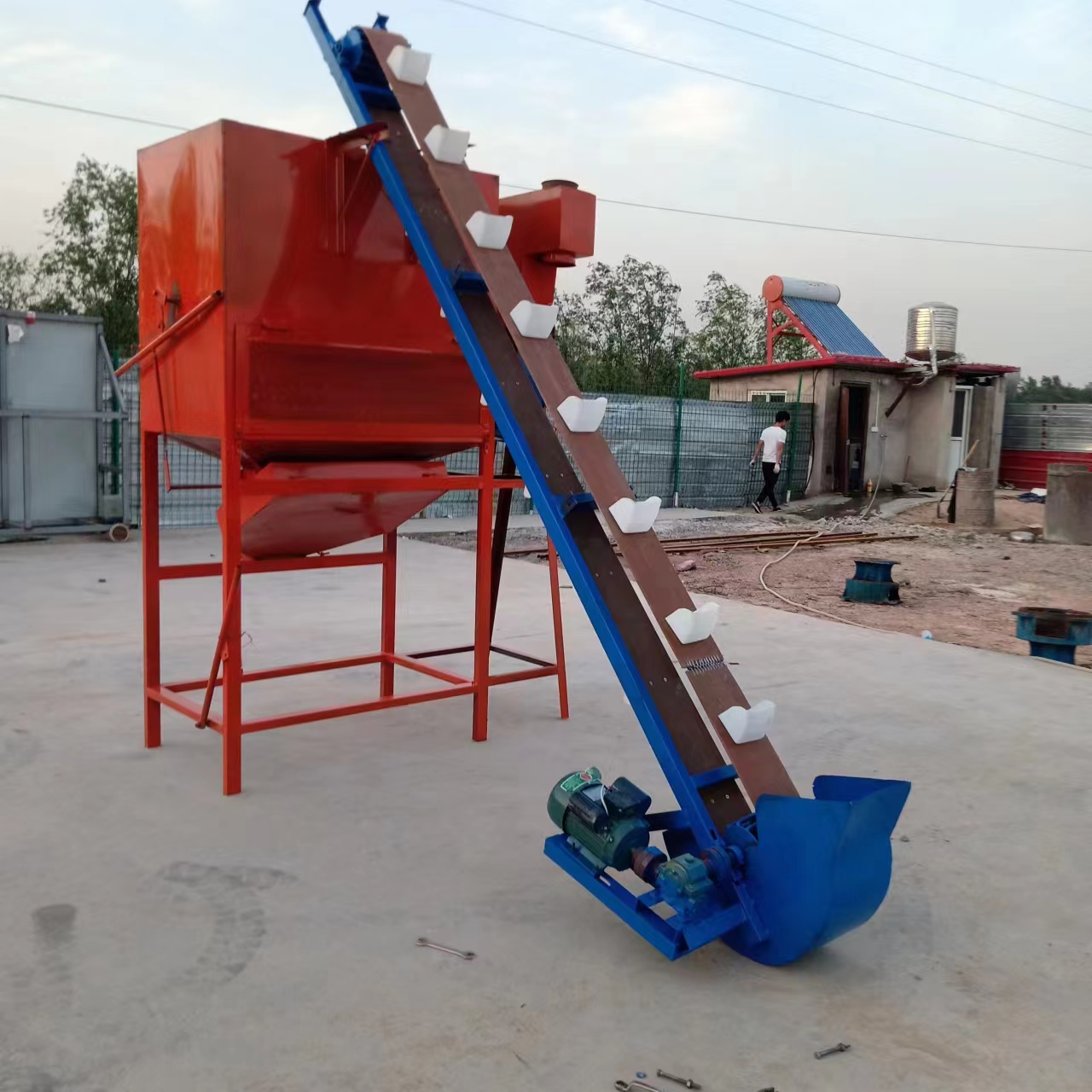poultry chicken cage
Sep . 22, 2024 23:36 Back to list
poultry chicken cage
The Impact of Poultry Chicken Cages on Animal Welfare and Production Efficiency
In the poultry industry, the use of chicken cages has been a topic of significant discussion and debate. The system of housing chickens, particularly laying hens, in cages has been implemented primarily for production efficiency and space management. However, the implications of this practice for animal welfare and overall sustainability have prompted a closer examination of its merits and drawbacks.
Caged systems, particularly battery cages, allow farmers to maximize the number of hens per square foot, which can lead to increased egg production and reduced operational costs. The rationale is straightforward by housing hens in confined spaces, farmers can ensure that they’re producing a higher yield of eggs in a more controlled environment. This is crucial in meeting global egg demand, as the population continues to rise and consumers seek affordable protein sources.
However, the welfare of the chickens kept in these environments raises serious concerns. Research shows that confinement in battery cages often leads to physical and psychological stress for the birds. In these cages, hens are typically kept in groups of three to five, with each bird allotted about the size of a standard sheet of paper. This lack of space restricts their natural behaviors, such as nesting, foraging, and perching. Consequently, many hens exhibit signs of distress and aggression, leading to pecking and injuries.
poultry chicken cage

Opposition to battery cages has been gaining momentum, leading to regulatory changes in various countries. Some regions have begun phasing out the use of battery cages altogether in favor of cage-free systems, where chickens are provided more space and opportunities to exhibit natural behaviors. While this shift promotes better animal welfare, it also raises production challenges. Cage-free systems generally require more space, resulting in increased costs for farmers and potentially higher prices for consumers. Additionally, the transition can affect egg production rates, which requires careful management and planning from producers.
The debate over the use of poultry chicken cages highlights the delicate balance between production efficiency and animal welfare
. A growing consumer preference for ethically sourced products has led to increasing demand for cage-free eggs. Retailers and producers are responding to this shift, investing in new systems that not only prioritize welfare but also meet market demands.In conclusion, while poultry chicken cages have facilitated increased efficiency within the egg production industry, the associated welfare concerns cannot be overlooked. The industry is at a crossroads, where the choice between maximizing production and improving animal welfare is increasingly visible. As consumer awareness and preferences shape the future of poultry farming, it is imperative that producers, regulators, and consumers engage in meaningful discussions to cultivate a system that respects animal welfare while ensuring sustainable production to meet global demands. Thus, the evolution of chicken housing systems will likely continue to be a critical area of focus, reflecting broader societal values and priorities within agriculture.
-
Hot Sale 24 & 18 Door Rabbit Cages - Premium Breeding Solutions
NewsJul.25,2025
-
Automatic Feeding Line System Pan Feeder Nipple Drinker - Anping County Yize Metal Products Co., Ltd.
NewsJul.21,2025
-
Automatic Feeding Line System Pan Feeder Nipple Drinker - Anping County Yize Metal Products Co., Ltd.
NewsJul.21,2025
-
Automatic Feeding Line System - Anping Yize | Precision & Nipple
NewsJul.21,2025
-
Automatic Feeding Line System - Anping Yize | Precision & Nipple
NewsJul.21,2025
-
Automatic Feeding Line System-Anping County Yize Metal Products Co., Ltd.|Efficient Feed Distribution&Customized Animal Farming Solutions
NewsJul.21,2025






